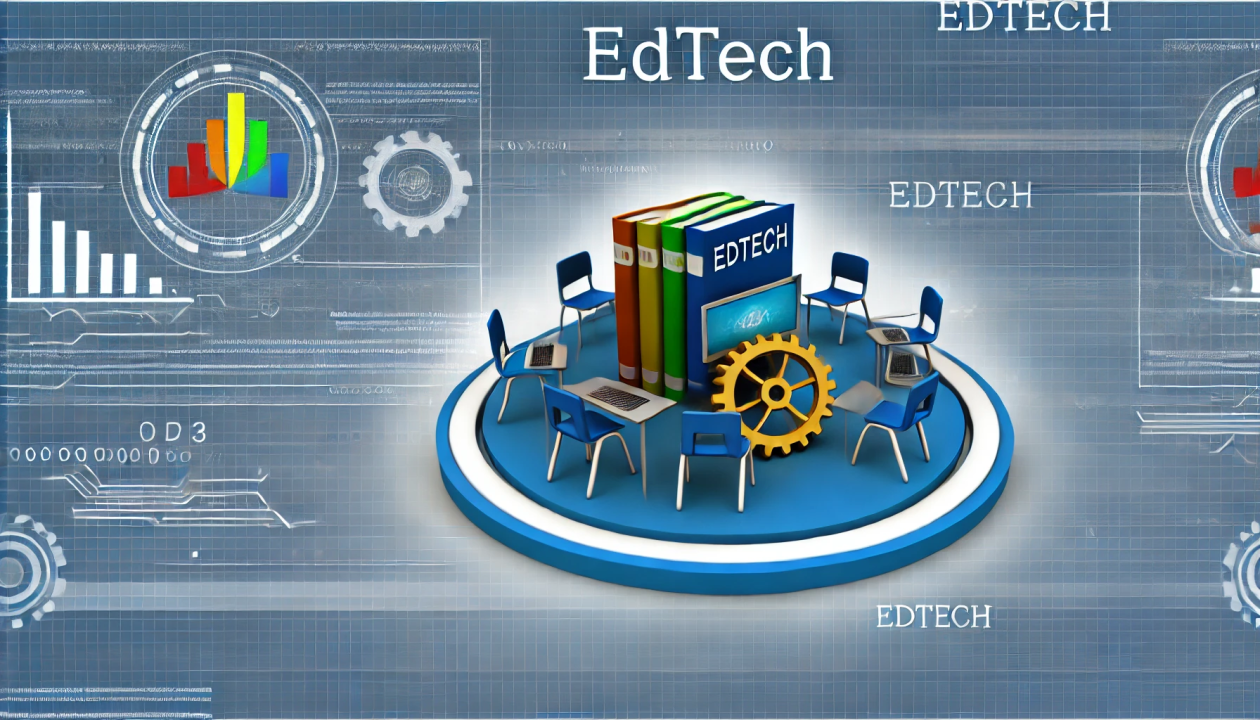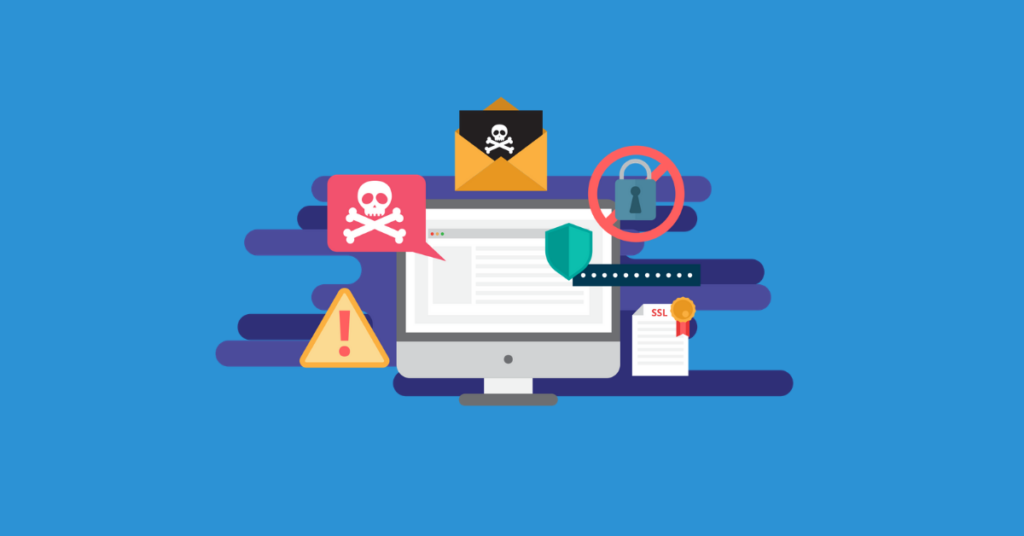
We offer a comprehensive curriculum developed by an international team, experienced teachers, and a focus on individualized and project-based learning.

We offer a comprehensive curriculum developed by an international team, experienced teachers, and a focus on individualized and project-based learning.

Implementing educational technology (edtech) has become a pivotal strategy in modern education, with the global edtech market projected to reach $404 billion by 2025. As a fellow entrepreneur, you’re all about maximizing impact, and edtech can deliver. But there are some vines to untangle along the way.
Funding can be a major roadblock, but creative ways exist to overcome budget constraints.
Teachers need proper training and ongoing support to truly integrate edtech into their classrooms.
Digital equity is key – we need to make sure all students have access to technology and the skills to use it.
Data privacy and security are paramount when dealing with student information in the digital age.
Choosing the right edtech tools can feel like navigating a maze, but focusing on your needs and learning objectives will guide you.
Sounds complex, right? Well, it can be. But don’t worry; I’m here to guide you through the thick of it. Let’s explore these education technology challenges and discover how to conquer them, so you can unlock the incredible potential of edtech.

Before we dive into solutions, let’s understand why some edtech initiatives go belly up. It’s like trying to bake a cake without a recipe – you might end up with something edible, but it probably won’t be pretty. Here are some common reasons for failure:
Now that we’ve identified the common pitfalls, let’s explore some specific education technology challenges and how to overcome them.

Let’s face it: technology can be expensive. Securing adequate funding is often the first hurdle in edtech implementation. It’s like trying to build a house without enough bricks. Here are some strategies to overcome budget constraints:
Even the most sophisticated technology is useless if teachers don’t know how to use it effectively. Investing in teacher training and professional development is crucial for successful edtech implementation. Think of it as equipping your teachers with the skills and knowledge to navigate the edtech landscape.
Not all students have equal access to technology and internet connectivity. Addressing digital equity is essential to ensure that all students benefit from edtech. It’s like ensuring that everyone has a seat at the table in the digital age.

With the increasing use of technology in education comes the responsibility of protecting student data. Data privacy and security should be a top priority. It’s like safeguarding a precious treasure from being stolen or misused.
With so many edtech tools available, choosing the right ones for your needs can be overwhelming. It’s like being in a candy store with too many choices. Here are some tips to help you select the best edtech tools:
Simply having edtech tools is not enough. You need to integrate them effectively into your curriculum to maximize their impact. It’s like having a toolbox full of tools but not knowing how to use them to build something.

Edtech can provide valuable tools for assessing student learning and tracking progress. It’s like having a dashboard to monitor student performance and identify areas for improvement.
Implementing edtech often requires significant changes in teaching practices and school culture. Effectively managing change and building consensus among stakeholders are crucial for successful implementation. It’s like navigating a ship through rough waters—you need a skilled captain and a cooperative crew to reach your destination.
The world of edtech is constantly evolving. Staying up-to-date with the latest trends and innovations is essential to ensure your edtech initiatives remain relevant and effective. It’s like keeping your ship equipped with the latest navigation and communication technologies.

Overcoming the Edtech challenges can be daunting, but the rewards are well worth the effort. When implemented effectively, edtech can transform the learning experience for both students and teachers. It’s like upgrading from a horse-drawn carriage to a spaceship—you can travel further, faster, and explore new frontiers.
Okay, so we’ve trekked through the jungle of edtech implementation and emerged on the other side, hopefully with fewer mosquito bites and a clearer path forward. Implementing educational technology is a journey, not a destination, but with the right mindset and strategies, it’s well worth taking.
By taking these steps, you can navigate the education technology challenges of edtech implementation and unlock its incredible potential to transform teaching and learning.
Book a demo today to learn more about how our edtech solutions can support your school’s goals and drive student success.

FutureClassroom is Southeast Asia's largest coding platform for K-12, empowering students with essential skills in Web Development, Game Development, Python, and AI. Aligned with Cambridge and Pearson standards, our platform combines interactive learning and real-world projects to prepare young learners for a future driven by technology.
View all posts
FutureClassroom is Southeast Asia's largest coding platform for K-12, empowering students with essential skills in Web Development, Game Development, Python, and AI. Aligned with Cambridge and Pearson standards, our platform combines interactive learning and real-world projects to prepare young learners for a future driven by technology.
Get all the latest information, support and guidance about the cost of living with kindergarten.
Start Registration